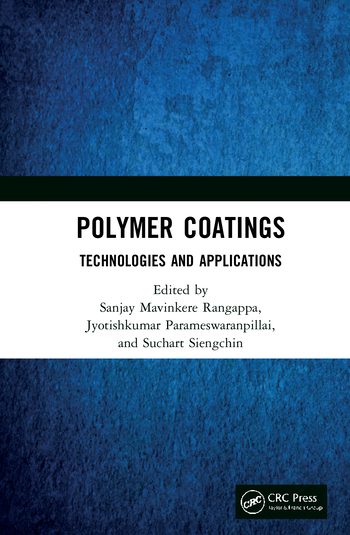Missouri S&T Announces Educational Offerings

ROLLA, MO - Missouri S&T is offering its "Basic Composition of Coatings" short course September 22-26, 2014 (Fall 2014). This course is intended for new personnel in the coatings profession. It targets the components of coatings (resin, pigments, extenders, solvents and additives), testing and specifications, general formulation, and manufacturing methods. The basic composition course is primarily a lecture course with several laboratory demonstrations.
"Introduction to Paint Formulation" is being offered October 20-24, 2014 (Fall 2014). This course is intended to give students a fundamental knowledge of how to approach a starting formulation and troubleshoot it. It involves both lecture and laboratory work.
For more information about the courses, visit http://coatings.mst.edu. To register, e-mail mstformulation@mst.edu or call 573/341.4419. These courses are held on the Rolla, MO, campus of Missouri S&T.
The university is also are offering "Introduction to the Coating Systems" as an online short course. This course is targeted for automotive- and aviation-type OEM companies. This self-paced seminar will cover the painting system from the composition of paints to the evaluation of the dry film. Pigments, resin, solvents and additives will be discussed including their influence on the coatings performance. Color measurement, surface profile and other evaluation criteria will be related to composition. The importance of surface preparation and other manufacturing criteria will show the system complexity and each step's importance.
"Surface Defects: Elimination from Human and Process Contaminants” is also being offered as an online short course. This course addresses many of the issues in prevention and minimization of defects. The course covers the defects caused by the coatings process, as well as human issues, including personal care product causes. Several of the surface defects are discussed – from basic principles and real-world automotive and aircraft examples. The highly practical approach of this course will greatly aid the personnel involved in the painting operation to reduce and systematically approach issues.
Looking for a reprint of this article?
From high-res PDFs to custom plaques, order your copy today!







